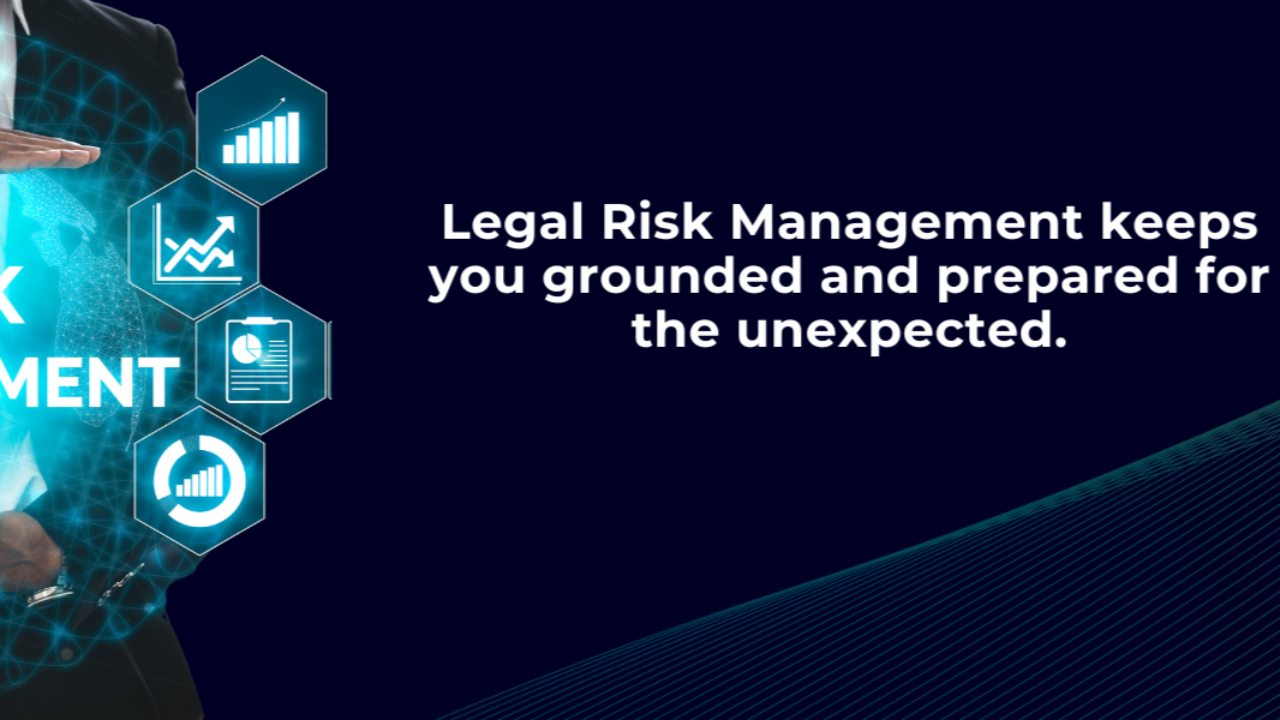
International NGO projects operate in highly dynamic environments, where risks are magnified by distance, complexity, and unpredictable external conditions. From political upheavals to currency fluctuations, and from partner disputes to legal non-compliance—failing to manage risks effectively can lead to costly consequences or even total project failure.
This article unpacks how NGOs can identify, assess, and manage risks in international projects—whether in humanitarian aid, environmental design, or community development. With structured tools, strategic planning, and local engagement, risks can be transformed into manageable variables.
Overview Table: Key Risk Categories in International NGO Projects
| Risk Type | Description |
|---|---|
| Political Risk | Instability, government changes, restrictive laws |
| Financial Risk | Currency volatility, misallocation of funds, fraud |
| Operational Risk | Internal inefficiencies, supply chain disruption |
| Legal & Compliance Risk | Non-compliance with local/international regulations |
| Reputational Risk | Public backlash, media scrutiny, poor stakeholder relations |
| Environmental/Social Risk | Natural disasters, conflict zones, cultural misunderstanding |
1. Why Risk Management Is Non-Negotiable
Risk is not just a theoretical concern—it’s a practical reality. International NGO projects are exposed to multilayered uncertainties:
- Cross-border regulatory complexity
- Communication gaps in multi-country teams
- Limited oversight of local operations
- Volatile funding or donor priorities
Risk management ensures continuity, protects reputation, and improves project delivery.
2. Identifying Risks Proactively
The first step in any risk management plan is identifying threats early. NGOs should conduct:
- Contextual Risk Assessments: Include political climate, corruption indexes, environmental vulnerabilities.
- Stakeholder Mapping: Identify actors that could create or mitigate risk (governments, local NGOs, communities).
- SWOT & PESTLE Analysis: Use these frameworks during project planning to uncover systemic issues.
Tip: Consult embassies, local chambers, and regional development bodies for early-warning indicators.
3. Categorizing and Prioritizing Risks
Not all risks are equal. Use the Risk Matrix model:
| Likelihood | Impact | Example | Response Strategy |
|---|---|---|---|
| High | High | Operating in conflict zone | Avoid or redesign project |
| High | Medium | Currency devaluation | Hedge or use multi-currency accounts |
| Medium | High | Reputational damage from poor PR | Communication protocol |
| Low | Low | Delays in material shipment | Tolerate with buffer time |
Action: Focus resources on mitigating high-likelihood, high-impact risks.
4. Key Risk Management Strategies
A. Risk Avoidance
- Change the project location if the political environment is too unstable.
- Avoid dependency on single suppliers or donors.
B. Risk Reduction
- Implement strict financial controls (dual authorization, regular audits).
- Invest in training and build capacity in local teams to reduce human error.
C. Risk Sharing
- Partner with local NGOs to share responsibilities and exposure.
- Use insurance for asset-heavy or disaster-prone initiatives.
D. Risk Acceptance
- Accept manageable risks that don’t compromise the mission, such as minor logistical delays.
5. Embedding Risk Management Into Project Design
To prevent last-minute crisis response, risk mitigation must be built into all phases:
| Project Phase | Risk Consideration |
|---|---|
| Planning | Include risk budgets, stakeholder input, scenario analysis |
| Implementation | Schedule regular check-ins, update risk register |
| Monitoring | Track indicators tied to potential risks (e.g. political sentiment, project delays) |
| Evaluation | Document risk lessons learned for future scaling |
A living risk register should be part of your project management documentation and revisited at least monthly.
6. Cultural and Ethical Risk Considerations
Many risks stem from misunderstandings of local culture, customs, or power dynamics:
- Employ local advisors or cultural consultants.
- Ensure ethical project design—avoid disempowering beneficiaries or duplicating services.
- Prioritize consent, transparency, and community inclusion.
Missteps in this area can damage trust and derail your entire mission.
7. Tools and Templates for NGOs
| Tool/Framework | Purpose |
|---|---|
| Risk Matrix/Heat Map | Visual prioritization of risks |
| Risk Register Template | Tracks, assigns, and updates risks |
| ISO 31000 | International standard for risk management |
| Donor Risk Guidelines | Funder-specific compliance requirements |
| Humanitarian Data Exchange | Situational data for global risks |
Use simple project management platforms like Trello, Airtable, or Asana to integrate risk tracking into your workflow.
8. Case Study: Design NGO in Southeast Asia
A design NGO working on public sanitation hubs in a coastal town faced:
- Risk: Political transition led to revocation of municipal permissions.
- Response: Through strong ties with a local university and neighborhood council, the NGO pivoted the project to a nearby jurisdiction without losing funding or impact.
- Lesson: Local partnerships are not just helpful—they’re critical risk buffers.
3 Best One-Line FAQs
1. What is the most common risk in international NGO projects?
Political instability is one of the most frequent and disruptive risks faced by global NGOs.
2. How can small NGOs manage complex international risks?
By using simple risk matrices, local partnerships, and regular check-ins with staff on the ground.
3. Do donors expect formal risk management plans?
Yes, especially institutional funders and international grant agencies often require documented risk strategies.
Conclusion
Risk management isn’t about avoiding all problems—it’s about knowing which problems are coming and preparing smart responses. By identifying vulnerabilities early, embedding risk protocols in every project phase, and working closely with local stakeholders, NGOs can safeguard their mission and protect their credibility on the global stage. In an uncertain world, managing risk is not just wise—it’s essential to impact.

